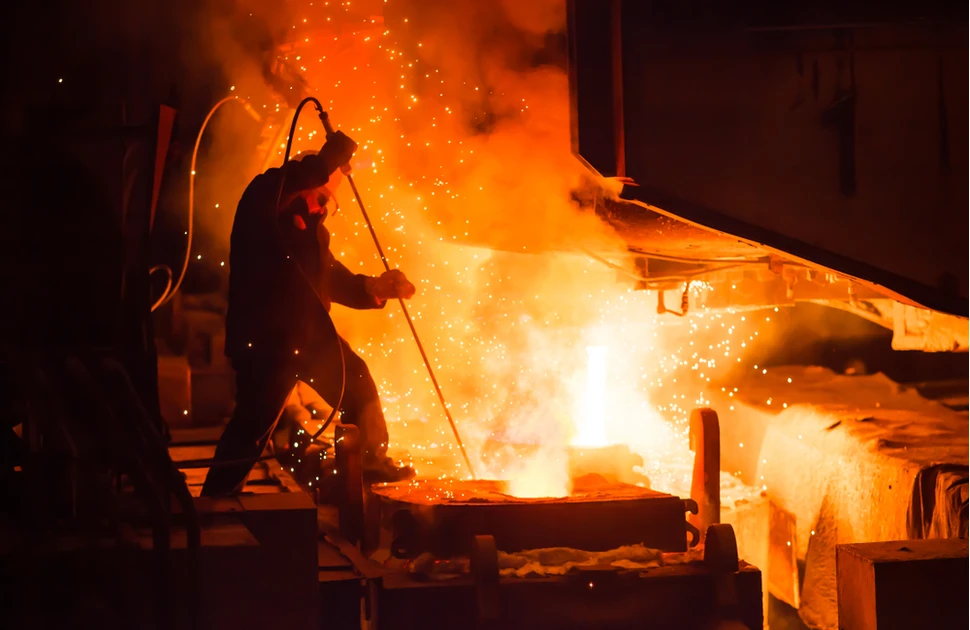Global steel output continues to slide in March
The first quarter of 2022 was a difficult time for global crude steel production. Output totalled 456.6 million tonnes – a drop of 6.8% from the same period in 2021, according to the latest figures from the World Steel Association.
The two most important factors in this decline were the resurgence of Covid-19 cases in China – the world’s largest steel producer, by volume – and the conflict between Russia and Ukraine, which are two major exporters of steel to Europe.
Since the start of March, China has been dealing with a new wave of Covid infections. Tangshan – the largest steel producing city in China – entered a strict lockdown in the second half of the month, hampering both supply and demand, and consequently china steel prices. Control measures have since spread to many other cities. Restrictions on movement were reported in several provinces.
This has contributed to the largest contraction of supply in any of the major steel producing nations, during the first quarter of 2022. Compared with the output in the previous year, it declined by more than 10%, to 243.4 million tonnes. With case rates peaking far beyond the levels China experienced in previous waves, and the Chinese government following a zero-Covid prevention strategy, MEPS expects this trend to continue in the short term.
Ukrainian steel output has been decimated since the start of the invasion by Russian forces. This collapse is the reason steel production in the former Soviet states shrunk by nearly 20%, year-on-year, in March. Conversely, Russian steelmaking remained relatively unaffected at an estimated 6.6 million tonnes.
Output in the European Union has also suffered. Crude steel production totalled 12.8 million tonnes in March – a fall of 8.5% compared with the same month one year earlier. Steel associations in both Germany and Italy, whose members account for over 40 percent of EU steel output, specifically cited the effects of the war in Ukraine and the resultant surge in energy costs as reasons for the decline. Production in other European countries, outside of the bloc, fell to 4.2 million tonnes – a year-on-year decline of 3.5%.
Indian steelmaking remains firm. The nation produced 10.9 million tonnes of crude steel in March – its highest ever monthly total. Growth is expected to continue in the long term, as the country works towards its ambitious annual capacity expansion target of 300 million tonnes before the end of the decade.
Supply chain problems in downstream industries continue to cause difficulties for Japanese steelmakers. Falling automotive production, amid semiconductor and other component shortages, has dampened demand. The industry has responded by reducing output to 23 million tonnes, in the first quarter of 2022. The Japanese Ministry of Economy, Trade and Industry has forecast that this effect will be mirrored through the April to June period, leading to a projection that first-half melting activity will be down by 3.4%, year-on-year, to 46.4 million tonnes.
First quarter steel output in the United States remained virtually unchanged, compared with the equivalent 2021 figure, at 20.3 million tonnes. Preliminary Census Bureau data shows that 8.5 million tonnes of steel were imported into the country during this period, with three countries – Canada, Mexico and Brazil – accounting for half of this volume. The Biden administration is hoping to support domestic steel production by including a “Buy American” mandate for infrastructure projects receiving federal funding.






